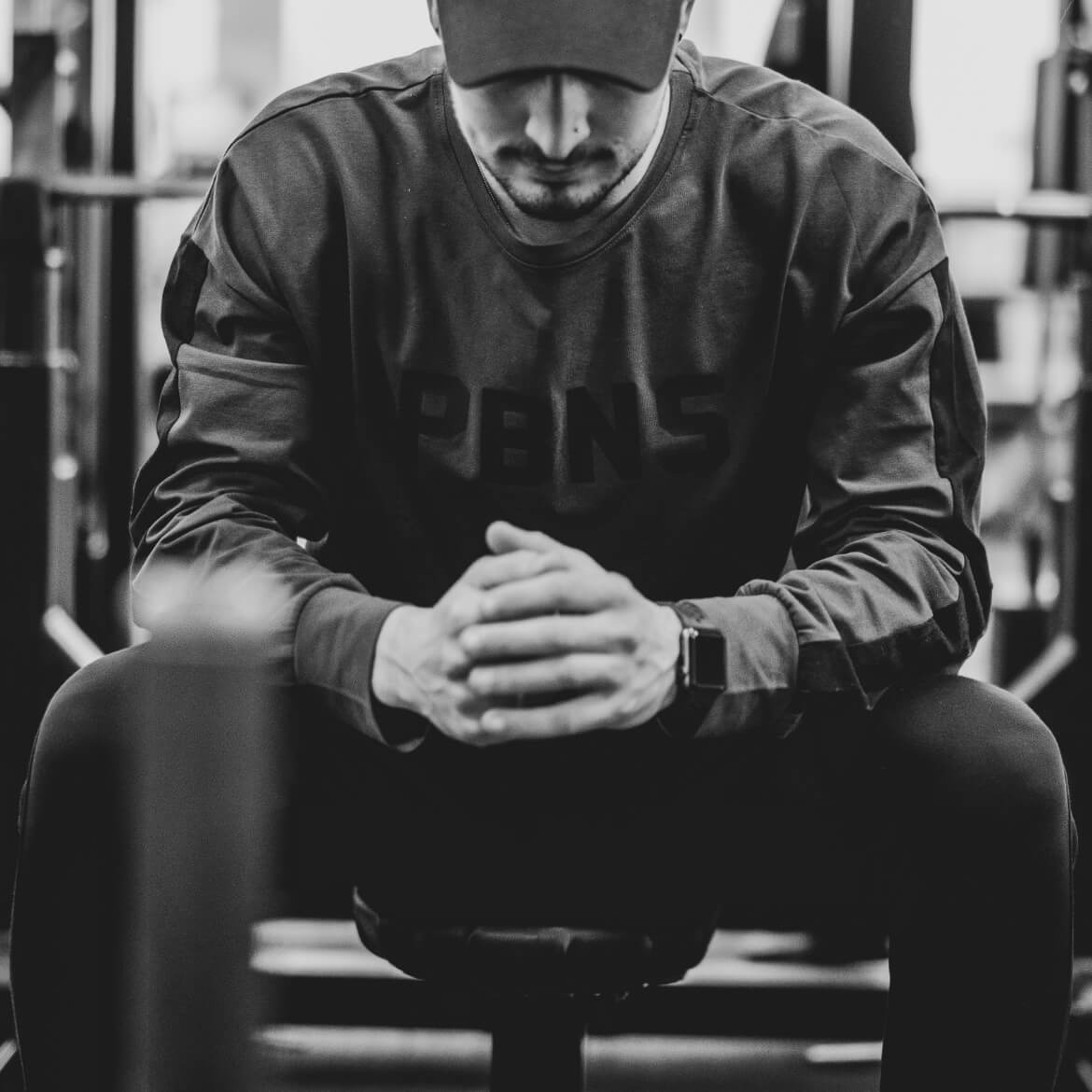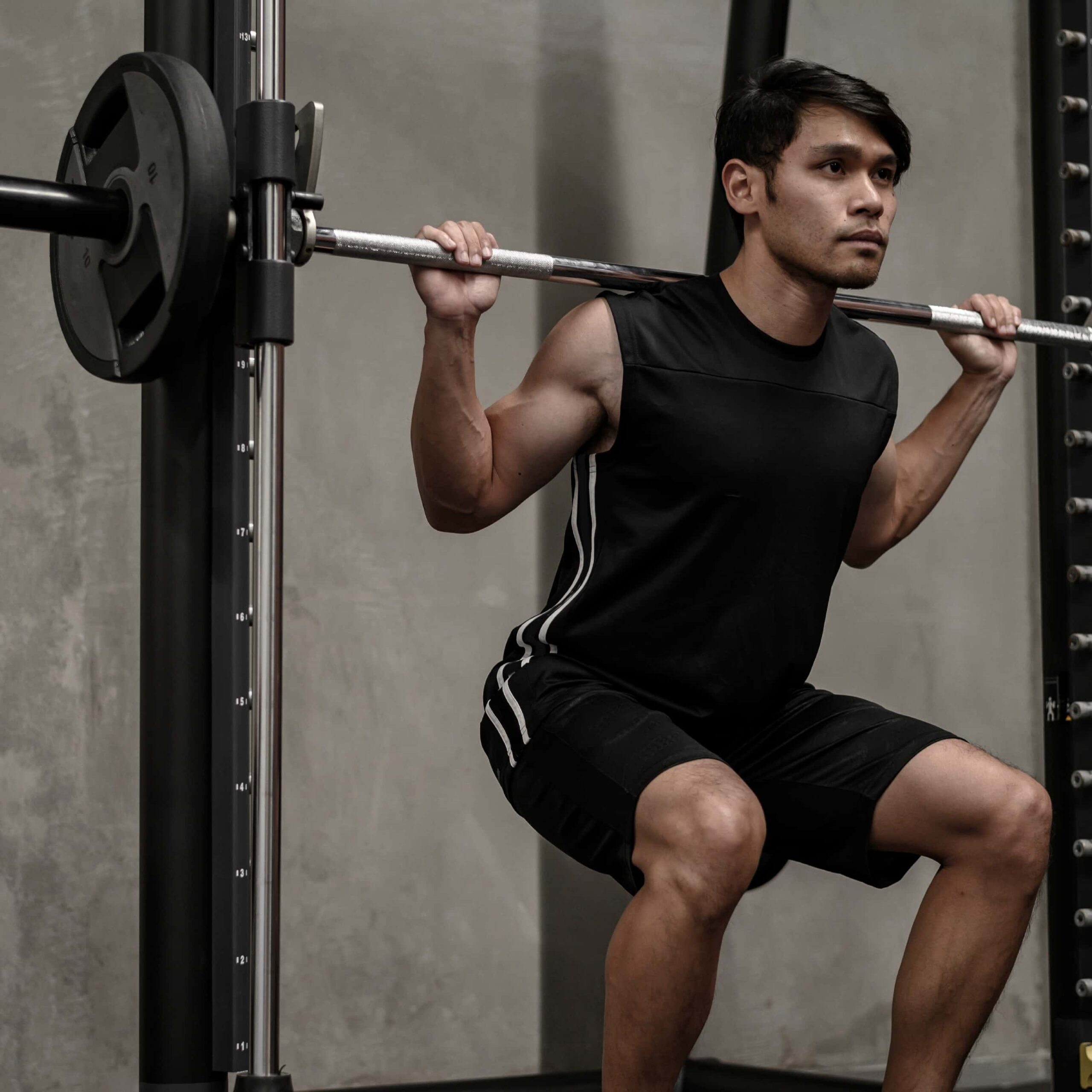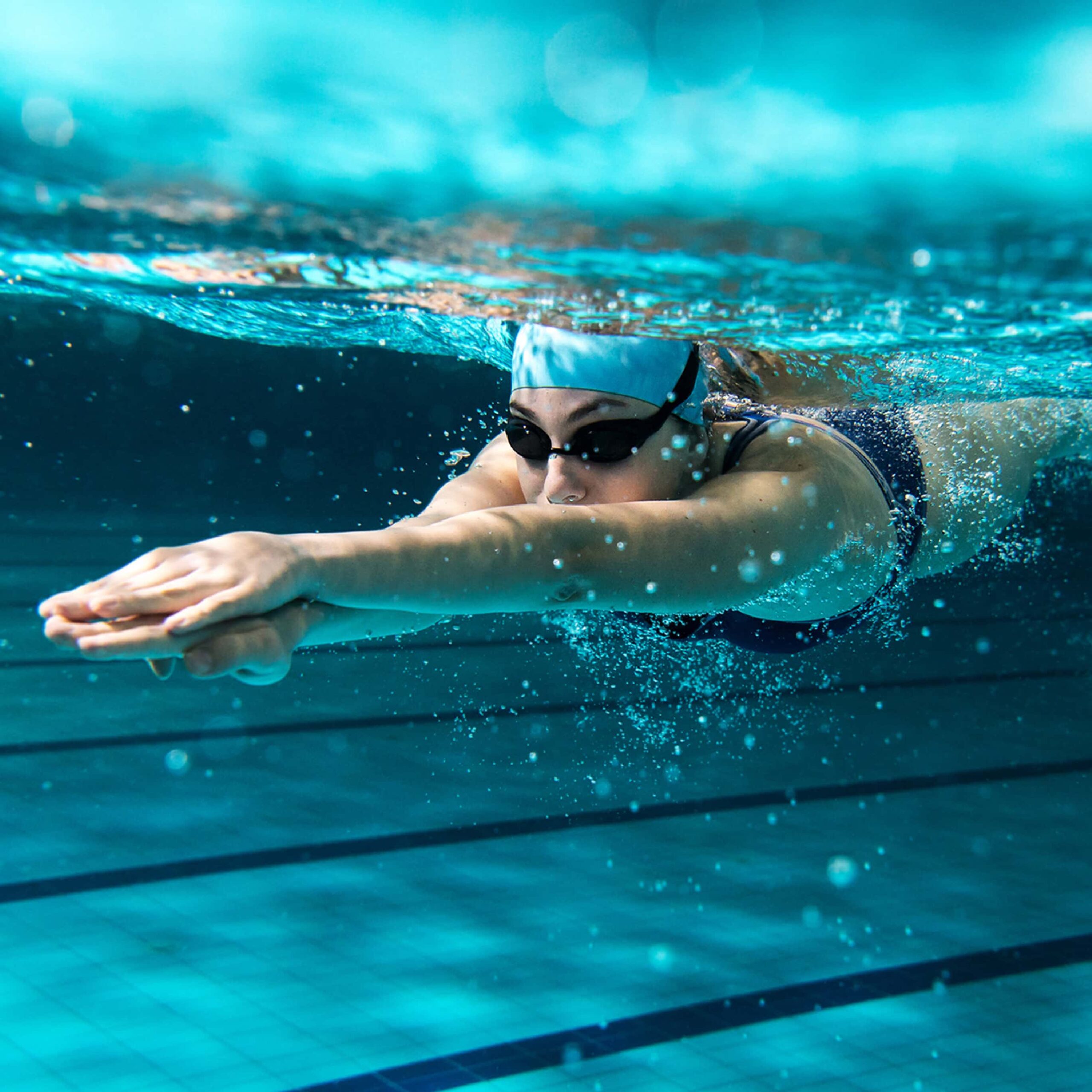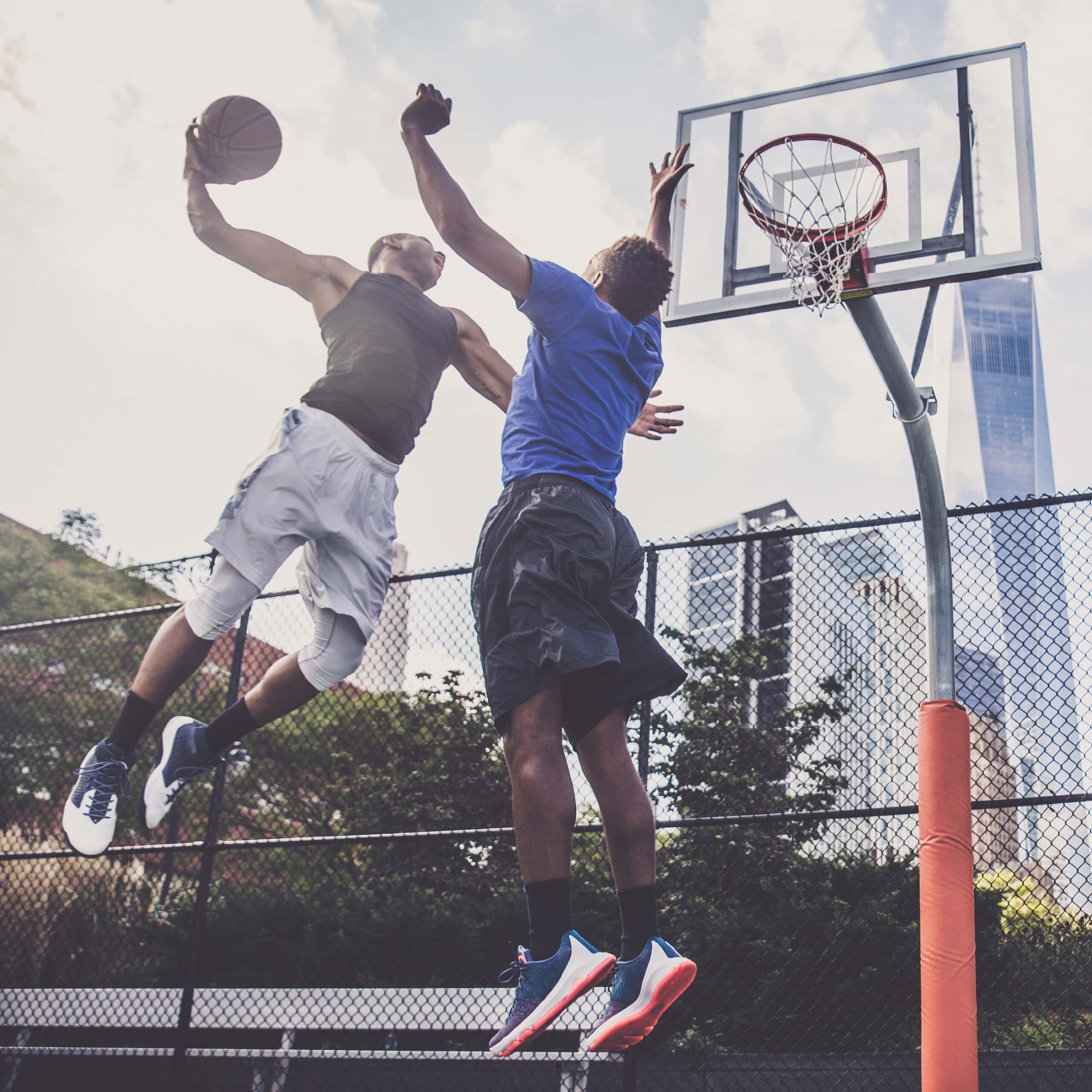The Fundamentals of How to Lose Weight
7th Mar 19

Losing weight can be a real challenge for so many people because of the hard work that it takes, the dedication it requires and the long time between your starting point and your end goals. If you don’t know how to lose weight, it can cause you to fall over hurdles you didn’t know existed and it can be a really tricky thing to master. We’ve put together this informative article to help point out all of these things to you to help you on the road to the weight loss you’re looking for.
Want to move fast? Jump to the right section below.
Calorie Deficit

Starting with the very basics, we need to look at the basis of how to lose weight. The human body uses variable amounts of energy every day. Most of it is used just to keep you alive and ticking over, business as usual, with anything over that being used to fuel whatever activities you find yourself doing. Any energy that’s leftover at the end of the day, however, is where we have weight gain. These additional calories are stored as fat for you to use at a later date, and it just keeps building!
500 kcal Deficit
For the best possible weight loss results, you need to be creating yourself a daily calorie deficit of around 500Kcal. This is best done by trying to exercise daily for a 250kcal deficit and to eat correctly to create a 250 Kcal deficit by calculating your daily needs or aiming for the daily guidelines as guidance.
Daily Needs Vary
Working out the calorie deficit is not as black and white as it might first seem. It is easy to do once you know where to do it, but you shouldn’t just start to cut out foods. Track how many calories you’re eating in a standard day, that’s your benchmark to cut from. If you’re training for a sporting event or if you have a particularly active day, you’re going to need a few more calories than you usually would, and if you have a very relaxed day on the couch on one of your rest days, you are going to need far less. Do the leg work for the best results!
Diet

Creating this deficit isn’t as easy as just eating less for all of us, though. This can be one way to do it. Still, if you’re eating the wrong foods, like one massively calorific meal of 75% of your daily intake a day, you’re going to be incredibly hungry for the rest of the day. You’ll do yourself no favours as you get tired and hungry, even feeling lethargic.
Healthy Balance
You need to be making a healthy balance for yourself. Don’t cut out anything that’s ever seen some form of processing. If you remove all of the food you love from your diet, you are more than likely going to hate the diet, quit, and be back where you started. Make sure you’re getting nutrients from all of your food groups as you need to, and try to eat more healthy fats, protein and carbs where you need to!
Cheat Days/Meals
Treat yourself when appropriate and reward yourself for all of your hard work. Find the balance of what you’re doing and what you’re missing. The healthier and lower in calories the food is that you eat, the more you can eat in a day to get the same content. You are not trying to starve yourself! They also kick your body back into reset, making it realise that you’re not starving and keeping this consistent fat loss going strong!
Foods
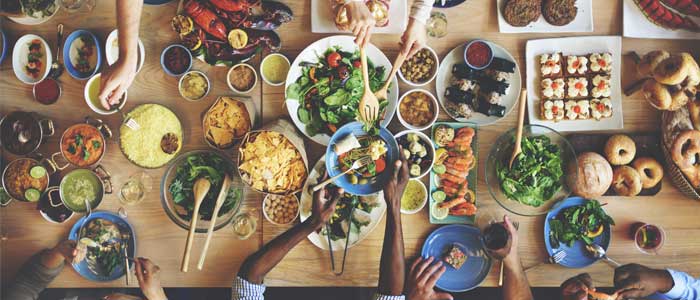
Taking a look at the foods you’re eating at a more specific level is always a good call when you’re dieting to lose weight. There are times you need different things, and that’s just how life works, but there are some things that you should just be avoided from the get-go!
Low Saturates
Saturated fats are the easiest place to start when you’re wanting to lose weight. They are full of unhealthy fats that offer your body next to nothing in terms of nutritional value. They’re stubborn and full of calories you don’t need. If you can cut them, you’ll be doing yourself a huge favour and allowing yourself to eat more healthy food in your day to keep you from being hungry and keep you full of energy!
Glycaemic Index
The glycaemic index is another thing that you need to be keeping in mind when you’re looking at what you should and shouldn’t be eating. All food has a place ion the glycaemic index; it’s just a case of knowing what goes where, and what it all means. The higher the food is on the index, the quicker your body is able to process it, release insulin into your blood raising your blood sugar, and then crashing and making your hungry again while killing your mood too. Aim for low GI foods that will keep you fuller for longer and prevent these spikes and drops in your blood sugar – and your mood!
Hormones

While we have blood sugar and your emotions in mind, taking a look at dieting for weight loss on a hormonal level is a good idea too. There are so many different chemical reactions that occur in your body on a daily basis; it’s hard to keep track of them all, all of the time. There are two here that are essential to know about if you are structuring your diet though.
Insulin
We’ve mentioned it above, but it really is important to know about as you are working toward your weight loss. The insulin that you’re releasing from fatty, sugary or processed foods (high GI) is what is going to cause these dramatic mood swings, creating massive cravings and temptation, and even lowering your self-esteem which causes you to want these bad foods even more. Eat low GI foods to release insulin gradually and slowly, and you’ll feel incredible all day! An excellent way to think is that food the is already processed when you buy it takes less processing in the body, lasting less time and making you hungry again quickly.
Leptin
The next big hormonal player that is vital to weight loss is leptin. Leptin isn’t always talked about very much like insulin is, and it’s really essential information to have. Leptin is the hormone that controls your hunger and your metabolism, essential for any diet. If you go all-in with a starvation diet to lower your calorie intake as much as possible, which is what so many crash/fad diets do like using shakes or points, your leptin levels freak out and send your body into starvation mode. This stops your body from using any calories wastefully and will massively hinder your progress. You will not lose any real fat.
Weight

A really, really, really important thing to look at when you’re aiming to lose weight is how your body has different weights for different areas. It sounds a little ridiculous, but it’s absolutely true, and it can make or break your fitness results. We’ll expand.
Fat
Fat is the thing you are trying to lose. It’s stored energy for you to use at a later date that you just build and build upon as you eat too many calories a day. It is natural, and it’s easily done, but too much is the issue here. You’re needing to burn this as you diet more and more, making it public enemy number 1. Eat less of it too.
Muscle
As you exercise while you diet, fat loss is increased, but weight loss may actually decrease, it is absolutely vital that you can understand this. If you are doing weight, resistance or toning training, even some cardio, you are going to be building muscle while you’re training. This is a great thing to happen, but this is where things can get complicated. Some weeks you may find yourself losing no weight, even though you’ve lost fat. Muscle is denser than fat, so also though you’ve lost 2lbs of fat, you may have added 1lb of muscle. Don’t let it demotivate you! It’s a good thing!
Continuity/Motivation

If you want to lose weight in the long term in a way that you can actually keep up, you need to make sure you’re doing it in the way that works best for you. Making the diet strict and soul-consuming is one of the easiest ways to find yourself failing to reach your goals the fastest. Keep these in mind.
Sustainable
You exercise plan, and your diet needs to be sustainable. They NEED to be. You can’t expect yourself to wake up at 4 am to go for a super long run every morning, all while still getting in an hour of strength training on an evening, meal prepping for the next six months and everything else that’s included, especially if you have a busy work, social and family life. It’s not doable. You’re following your own weight loss plan here, no one else’s. Social media is one of the easiest ways to find yourself getting demotivated as people do achieve these things but stay true to yourself.
Exciting still
Your ability to stick to your plan is based around what you’re used to doing, and the quality of life your plan is going to leave you in. Make sure that you leave yourself space for the good things in life like seeing friends and doing things that you enjoy, even eating junk food every now and then. If you aren’t happy doing your fitness regime, you won’t keep it up. Create healthy habits and be happy for the best results.
Exercise

Looking specifically at the exercise that you’re doing to lose weight, there are a few different avenues you can go down to reach your weight loss destination. Different training styles have different advantages, so make sure that you tailor your workouts to suit your personal abilities and needs.
Cardio
The most common form of training in order to lose weight is cardiovascular exercise. It’s a consistent and effective way to burn a lot of calories in what seems to be a reasonable time. You can do it in so many different ways without fear of building too much muscle; it’s a win-win. Just make sure you’re doing it safely, and you’re burning calories efficiently, and you’re all good. It’s the first choice for a reason after all.
Weight Training
Weight training despite not really being associated with weight loss, has a clear advantage to it. When you are weight training, you’re actually creating reactions in your body that will last after the gym. The exercise itself will burn calories too, not as much as cardio, but still. After the workout and your body repairs itself and makes you stronger, you’ll be burning calories too, though. Finding the balance of the two types of training is the most efficient way to lose weight. Hands down.
Styles
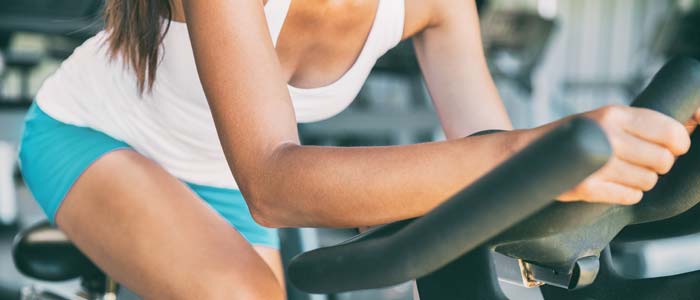
Once you’ve got your exercise routine in order, you need to start to choose how you’re going to do your workouts. This may seem a little nit-picky, but it’s important to make the most of your time and keep your workouts as enjoyable as you can do!
HIIT
One of the most effective and efficient ways to workout is HIIT training. High-Intensity Interval Training or HIIT is exercising to your absolute fullest for a short duration in short bursts between rests. Instead of running for 45 minutes at a good pace, for example, you’d sprint as fast as you possibly can for 30 seconds, and then catch your breath for 45 seconds. And then do it again,… and again. You fit as many rounds in as you need to, usually lasting around 20 minutes. The results are incredible, and you save so much time. Think about it!
LISS
The opposite of this needs to be considered too, though. LISS or Low-Intensity Steady State training is cardio at a moderate rate over a prolonged period of time. Power walking, for example. It allows you to keep your exercise aerobic, and the oxygen availability actually makes it the best way to burn fat per calorie. The only downside is you do burn fewer calories in total, though. Find the balance.
Frequency
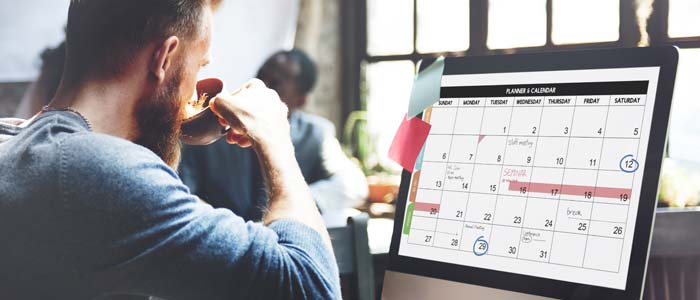
So now that all of that is covered, you need to think about frequency. Boring, maybe, but practical. If you’re hoping for weight loss, you need to be thinking ahead at all times, and this is no exception.
5 Days a week
Generally speaking, you should be looking to get in a good workout 4 to 5 times a week, no matter what your fitness goal is. Your body needs time to recover and keep in good shape, while you still have enough days to put in the work. Only you can decide what works for you, but try not to stray too far from this, and find the time where you can. Just keep dieting too, eating more carbs when you need the energy for training, and more healthy fats when you’re recovering.
Active lifestyles/HIIPA
When you are struggling to fit in the workouts you need, there are some things that you can try in your daily life to make things easier and more efficient for yourself. Make your lifestyle as active as possible, making the most of your free time getting out and about or playing with your children instead of watching that film to make the most of your time. If you really are just too busy though, try HIIPA, where instead of vacuuming normally or walking casually, give it everything you’ve got for 5 minutes. Sprint up the stairs to work every day and power walk to your car. Short, sharp bursts are great for getting your blood pumping.
Progress

Finally, once you’ve implemented all of these into your weight loss journey and you have gotten to a place where you’re ready to go, you need to look at monitoring your progress so that you can see all of your hard work paying off, but it isn’t as black and white as it seems.
Weight
Losing weight is a good way to see how much weight you’ve lost…obviously… but it doesn’t show you how much fat you’ve lost. As we said, your exercise will be making you increase your muscle mass, counteracting the weight loss of losing unwanted fat. Checking your body fat percentage with a medical professional is a good idea, as well as just keeping this info in mind.
Sizes
Other ways to check are sizes. You can measure different body areas like your waistline or dress size to see all of your work paying off! Progress pictures aren’t a bad idea either, letting you literally see the weight falling off you! Just keep going forward and keep motivated, no matter what kind of results you see.
Knowing how to lose weight is a seriously complicated game. There are so many different things that take their toll on it; you can’t always just eat less and do more. Work hard, keep active, and monitor what you are doing. Don’t lose your motivation; eat smart, work hard. You will get there in the end if you’re doing it right and let yourself enjoy life while you’re doing it. You’ll be happier and healthier at the end of it!

Before beginning any exercise or nutrition program, consult your physician, doctor or other professional. This is especially important for individuals over the age of 35 or persons with pre-existing health problems. Exercise.co.uk assumes no responsibility for personal injury or property damage sustained using our advice.
If you experience dizziness, nausea, chest pain, or any other abnormal symptoms, stop the workout at once and consult a physician or doctor immediately.



